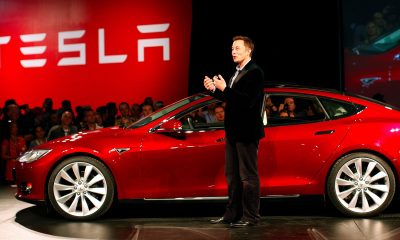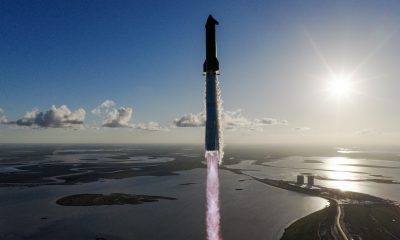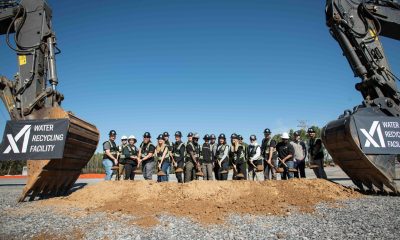Elon Musk
Elon Musk takes aim at Bill Gates’ Microsoft with new AI venture “Macrohard”
It is quite an appropriate name for a company that’s designed to rival Microsoft.

Elon Musk has set his sights on Microsoft with a new company called “Macrohard,” a software venture tied to his AI startup, xAI.
Musk described the project as a “purely AI software company” that’s designed to generate hundreds of specialized coding and generative AI agents that could one day simulate products from companies like Microsoft entirely through artificial intelligence.
Macrohard‘s Purpose
Musk announced Macrohard on Friday, though xAI had already registered the trademark with the US Patent Office a few weeks ago, as noted in a PC Mag report. Interestingly enough, this is not the first time that Musk has mentioned such an initiative.
Just last month, he stated that xAI was “creating a multi-agent AI software company, where Grok spawns hundreds of specialized coding and image/video generation/understanding agents all working together and then emulates humans interacting with the software in virtual machines until the result is excellent.”
At the time, Musk stated that “This is a macro challenge and a hard problem with stiff competition,” hinting at the venture’s “Macrohard” moniker. A few years ago, Musk also posted “Macrohard >> Microsoft” on X.
Powered by xAI and Colossus
Macrohard appears to be closely linked to xAI’s Colossus 2 supercomputer project in Memphis. Musk has confirmed plans to acquire millions of Nvidia GPUs, joining rivals such as OpenAI and Meta in a high-stakes race for AI computing power. Colossus is already one of the most powerful supercomputer clusters in the world, and it is still being expanded.
xAI is only a couple of years old, having been founded in March 2023. During its Engineering Open House event in San Francisco, Elon Musk highlighted that the company’s speed will be its primary competitive edge. “No SR-71 Blackbird was ever shot down and it only had one strategy: to accelerate,” Musk said.
Elon Musk
Elon Musk was right all along about Tesla’s rivals and EV subsidies
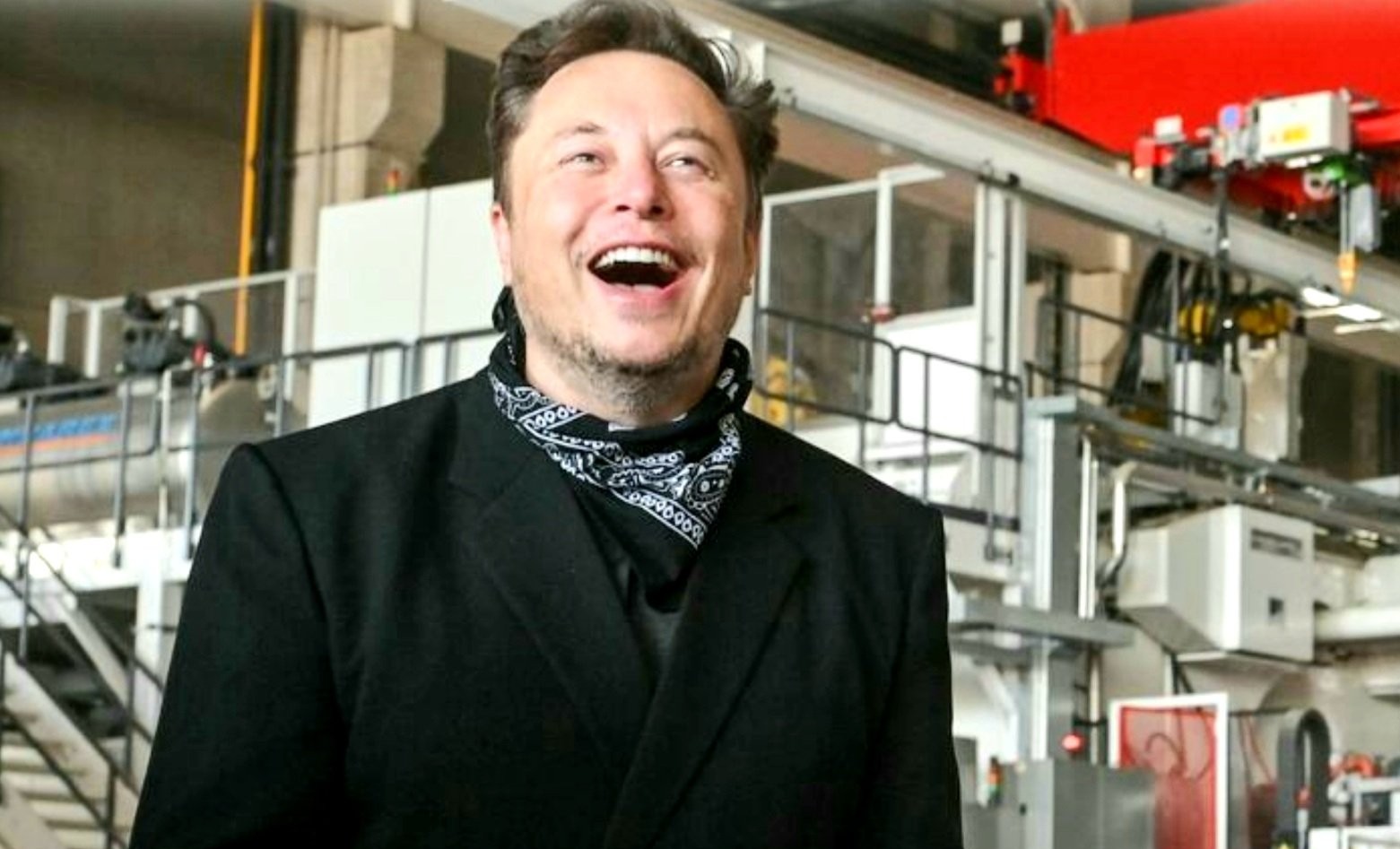
With the loss of the $7,500 Electric Vehicle Tax Credit, it looks as if Tesla CEO Elon Musk was right all along.
As the tax credit’s loss starts to take effect, car companies that have long relied on the $7,500 credit to create sales for themselves are starting to adjust their strategies for sales and their overall transition to electrification.
On Tuesday, General Motors announced it would include a $1.6 billion charge in its upcoming quarterly earnings results from its EV investments.
Ford said in late September that it expects demand for its EVs to be cut in half. Stellantis is abandoning its plan to have only EVs being produced in Europe by 2030, and Chrysler, a brand under the Stellantis umbrella, is bailing on lofty EV sales targets here in the U.S.
How Tesla could benefit from the ‘Big Beautiful Bill’ that axes EV subsidies
The tax credit and EV subsidies have achieved what many of us believed they were doing: masking car companies from the truth about their EV demand. Simply put, their products are not priced attractively enough for what they offer, and there is no true advantage to buying EVs developed by legacy companies.
These tax credits have helped companies simply compete with Tesla, nothing more and nothing less. Without them, their products likely would not have done as well as they have. That’s why these companies are now suddenly backtracking.
It’s something Elon Musk has said all along.
Back in January, during the Q4 and Full Year 2024 Earnings Call, Musk said:
“I think it would be devastating for our competitors and for Tesla slightly. But, long term, it probably actually helps Tesla, that would be my guess.”
In July of last year, Musk said on X:
“Take away all the subsidies. It will only help Tesla.”
Take away the subsidies. It will only help Tesla.
Also, remove subsidies from all industries!
— Elon Musk (@elonmusk) July 16, 2024
Over the past few years, Tesla has started to lose its market share in the U.S., mostly because more companies have entered the EV manufacturing market and more models are being offered.
Nobody has been able to make a sizeable dent in what Tesla has done, and although its market share has gotten smaller, it still holds nearly half of all EV sales in the U.S.
Tesla’s EV Market Share in the U.S. By Year
-
- 2020 – 79%
- 2021 – 72%
- 2022 – 62%
- 2023 – 55%
- 2024 – 49%
As others are adjusting to what they believe will be tempered demand for their EVs, Tesla has just reported its strongest quarter in company history, with just shy of half a million deliveries.
Will Tesla thrive without the EV tax credit? Five reasons why they might
Although Tesla benefited from the EV tax credit, particularly last quarter, some believe it will have a small impact since it has been lost. The company has many other focuses, with its main priority appearing to be autonomy and AI.
One thing is for sure: Musk was right.
Elon Musk
Elon Musk highlights the biggest flaw in X’s monetization program
Elon Musk also stated that YouTube manages creator payments “much better.”

Elon Musk has admitted that X’s creator payout system isn’t living up to expectations, and he has highlighted the current system’s biggest flaw.
Amidst complaints about low and inconsistent payments, the platform’s owner acknowledged that X has been “underpaying and not allocating payment accurately enough.” Musk also stated that YouTube manages creator payments “much better.”
Musk acknowledges payout issues
Recent discussions about the social media platform’s payout issues began when X product head Nikita Bier stated that the company was developing new upgrades for “power users.” This prompted X user Peter Duan to raise ongoing concerns about being “consistently underpaid” compared to his peers. Bier responded candidly, suggesting that “creator payouts do more harm than good and we need to off-ramp to a different system.”
Musk then weighed in on the matter, contradicting Bier’s view. “No,” Musk wrote in his reply, “the issue is that we are underpaying and not allocating payment accurately enough. YouTube does a much better job.” The Tesla CEO’s comment immediately reignited debates about X’s monetization program, which some have criticized for its rather unpredictable nature.
X’s monetization challenges
Since X launched its ad revenue-sharing program in 2023, the system has promised to reward Premium subscribers who generate high engagement with verified accounts, as noted in a WION report. Creators, however, have argued that the company’s payout model has remained inconsistent, with revenue fluctuating even when view counts stay stable. Reports have noted that some users with millions of monthly impressions have received just a few hundred dollars.
By contrast, YouTube’s Partner Program, which takes a 45% cut of ad revenue, is known for more transparent and predictable payments. Musk’s admission that YouTube handles monetization more effectively could then hint at a potential shift towards a new monetization program for X, a platform that has become increasingly critical to social conversations over the years.
Elon Musk
Tesla’s pay package saga with Elon Musk enters its final chapter
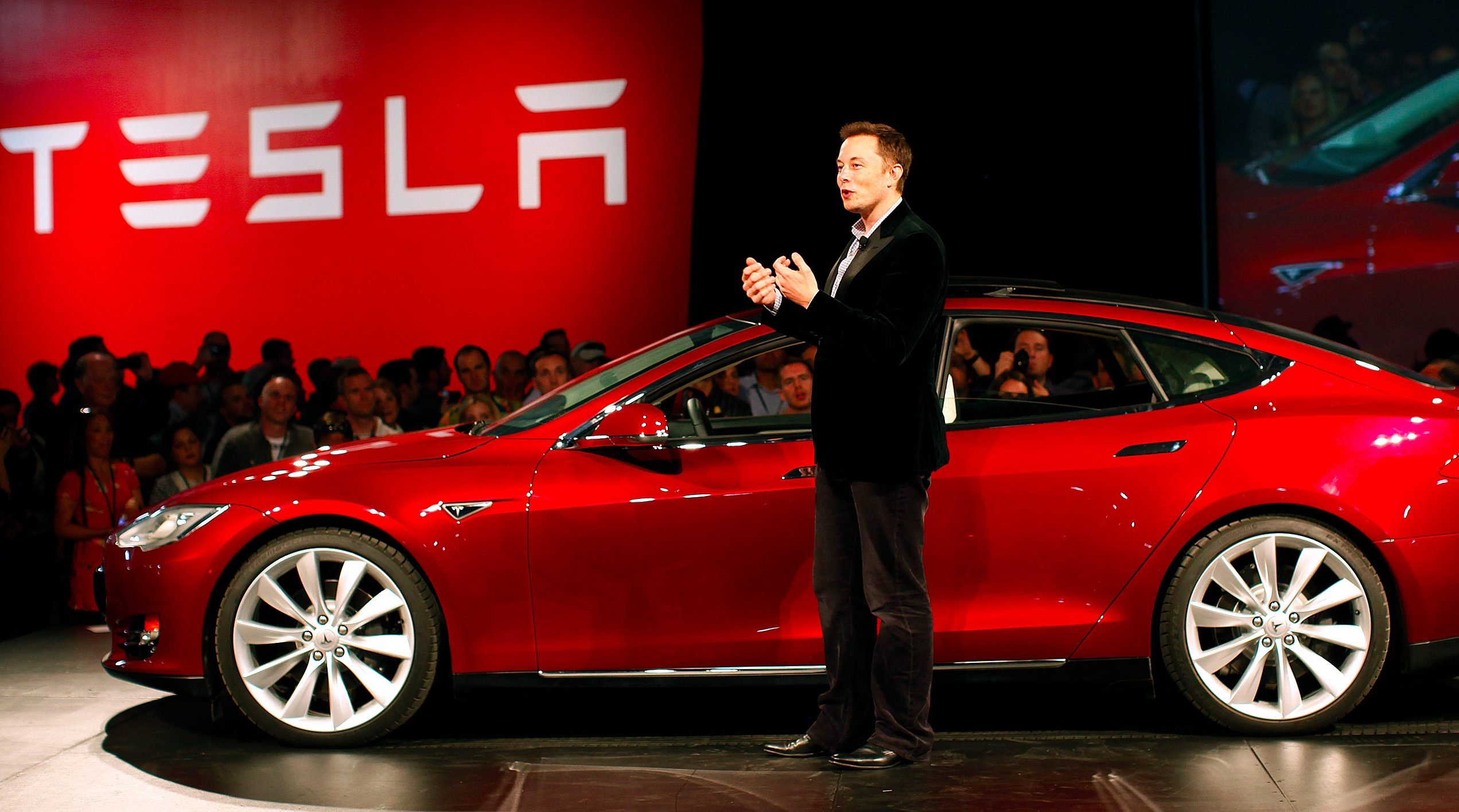
Tesla has made a last-ditch effort to secure the $56 billion pay package for CEO Elon Musk, which was approved twice by company shareholders, after a Delaware Chancery Court denied the frontman the payday.
Perhaps one of the biggest issues from a standpoint of being fluent in Tesla-related events has been Musk’s pay package.
It was approved by shareholders once in 2018, and required Musk to oversee various growth tranches that would bring investors value. He completed each of the tranches and was entitled to the pay package.
However, the Delaware Chancery Court decided in January 2024 to rescind the pay package, which Musk had earned, based on a suit filed by a shareholder.
Chancellor Kathaleen McCormick ruled that Tesla’s board lacked independence from Musk when the pay package was approved in 2018, and that it should not be granted.
She called it “an unfathomable sum.”
In response to the pay package’s rejection by Chancellor McCormick, Tesla held a second shareholder vote last year, which once again showed investors were willing to support Musk’s payday. It was approved by shareholders, but it was once again denied by the court.
Today, Tesla attorneys argued to the Delaware Supreme Court that the pay package should be restored because of last year’s vote by shareholders.
Jeffrey Wall, an attorney for Tesla, said (via Reuters):
“This was the most informed stockholder vote in Delaware history. Reaffirming that would resolve this case. Shareholders in 2024 knew exactly what they were voting.”
In a response to the decision by the Delaware courts last year, Tesla proposed a new pay package for Musk in September, which would give him a potentially $1 trillion compensation plan. It would require Musk to help Tesla reach several performance-based growth milestones, including achieving an $8.5 trillion market cap.
Elon Musk’s new pay plan ties trillionaire status to Tesla’s $8.5 trillion valuation
Musk is currently worth $483 billion, making him the richest person in the world. If he were to achieve his pay package tranches, granted the new pay package is passed at the Shareholder Meeting in November, he would easily be the first trillionaire.
-
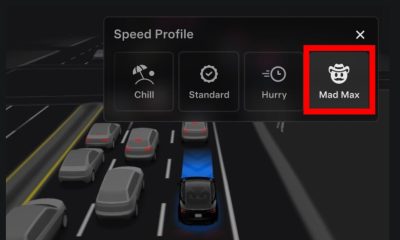
 News1 day ago
News1 day agoTesla launches ‘Mad Max’ Full Self-Driving Speed Profile, its fastest yet
-
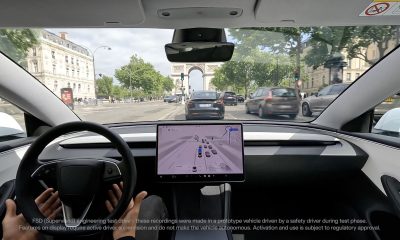
 News1 day ago
News1 day agoTesla just teased something crazy with the next Full Self-Driving update
-
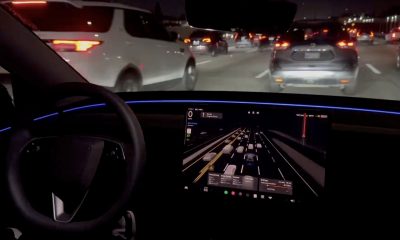
 News19 hours ago
News19 hours agoTesla exec hints at FSD Mad Max mode’s killer feature
-
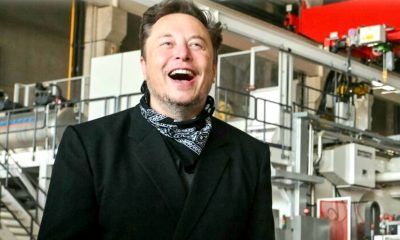
 Elon Musk11 hours ago
Elon Musk11 hours agoElon Musk was right all along about Tesla’s rivals and EV subsidies
-
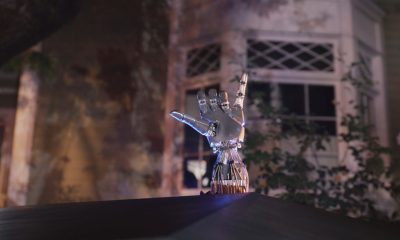
 News2 days ago
News2 days agoTesla reportedly places large order for robot parts, hinting that Optimus V3 design is all but finalized
-
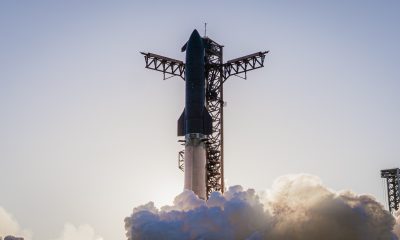
 Elon Musk2 days ago
Elon Musk2 days agoStarship’s next chapter: SpaceX eyes tower catch after flawless Flight 11
-
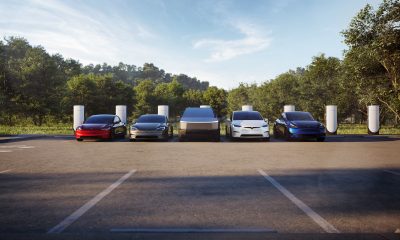
 News13 hours ago
News13 hours agoTesla ownership without home charging: Here’s how it’s done
-
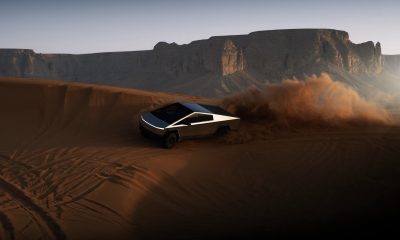
 News2 days ago
News2 days agoTesla makes big move with its Insurance program




